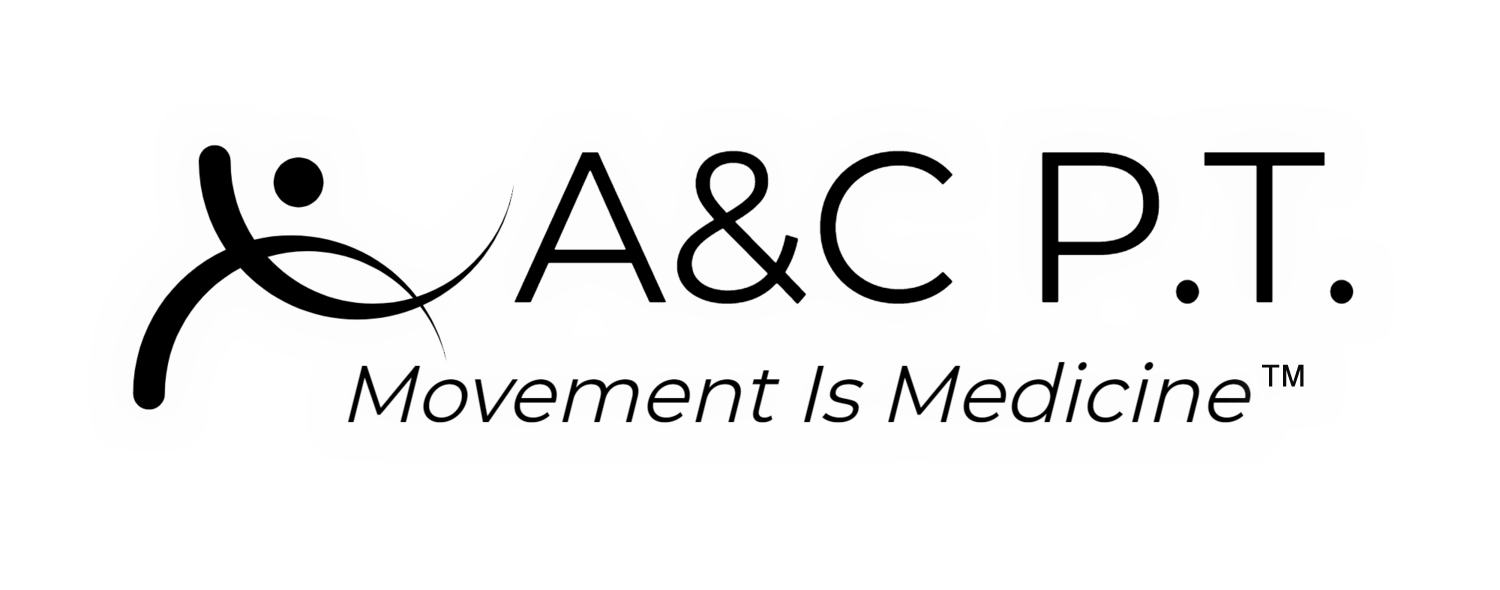Looking to improve your cardiovascular health? Wondering if physical therapy is right for you with a pre-existing heart condition, or looking to enter a marathon, enjoy a long bike ride with your family, or swim some laps for the summer?
The heart is the major organ that pumps oxygenated blood throughout your body to supply the organs and help filter out waste. It acts on the sympathetic and parasympathetic nervous system which is the flight or fight, and rest + digest. These nervous systems get your heart rate up and then down with and after exercise.
Blood pressure tells us about the pressure within the arteries when the heart contracts and relaxes. The contraction phase known as “systolic pressure” is the top number, while the relaxation phase known as “diastolic pressure” is the bottom. Suppose you present in the above normal levels (table above); in that case, this alters the oxygen distribution to different organs, and can lead to an enlarged heart, coronary artery disease etc. due to narrowed arteries.
The heart can be exercised to help it’s ability to efficiently contract and pump blood through the narrowed arteries which then improves blood pressure. Research has shown that 16-week intensive cardiovascular training has helped lower both systolic and diastolic pressures by improving vascular stiffness and function.
Monitor your vitals at home:
Blood pressure: with a manual or automatic blood pressure cuff. Take it immediately before and after exercise. Immediately after exercise, the systolic number may increase by 10, but the diastolic should remain fairly constant.
Physical therapy can help set a specialized and safe plan of care in improving your cardiovascular health, while keeping other impairments in mind.

